Tag Archive for: alumni
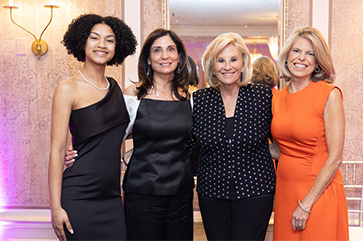 https://www.college.ucla.edu/wp-content/uploads/2025/07/GWI-gala-363-241.png
241
363
Alvaro Castillo
https://www.college.ucla.edu/wp-content/uploads/2019/07/Uxd_Blk_College-e1557344896161.png
Alvaro Castillo2025-07-09 15:19:522025-07-15 15:27:51UCLA College alumna spotlight: Jennifer Openshaw ʼ88
https://www.college.ucla.edu/wp-content/uploads/2025/07/GWI-gala-363-241.png
241
363
Alvaro Castillo
https://www.college.ucla.edu/wp-content/uploads/2019/07/Uxd_Blk_College-e1557344896161.png
Alvaro Castillo2025-07-09 15:19:522025-07-15 15:27:51UCLA College alumna spotlight: Jennifer Openshaw ʼ88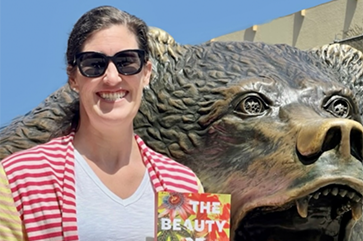 https://www.college.ucla.edu/wp-content/uploads/2025/07/Lauren-Stienstra-363-241.png
241
363
Alvaro Castillo
https://www.college.ucla.edu/wp-content/uploads/2019/07/Uxd_Blk_College-e1557344896161.png
Alvaro Castillo2025-07-07 15:20:092025-07-15 15:28:08The science of storytelling: UCLA College alumna Laura Stienstra’s pandemic-era pivot
https://www.college.ucla.edu/wp-content/uploads/2025/07/Lauren-Stienstra-363-241.png
241
363
Alvaro Castillo
https://www.college.ucla.edu/wp-content/uploads/2019/07/Uxd_Blk_College-e1557344896161.png
Alvaro Castillo2025-07-07 15:20:092025-07-15 15:28:08The science of storytelling: UCLA College alumna Laura Stienstra’s pandemic-era pivot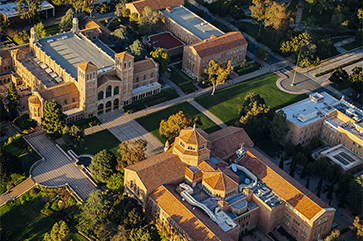 https://www.college.ucla.edu/wp-content/uploads/2025/07/DicksonPlazaaerial-363-241.png
241
363
Alvaro Castillo
https://www.college.ucla.edu/wp-content/uploads/2019/07/Uxd_Blk_College-e1557344896161.png
Alvaro Castillo2025-07-02 14:28:152025-07-03 14:29:42UCLA Foundation welcomes new board members, including economics alumnus Todd Katz
https://www.college.ucla.edu/wp-content/uploads/2025/07/DicksonPlazaaerial-363-241.png
241
363
Alvaro Castillo
https://www.college.ucla.edu/wp-content/uploads/2019/07/Uxd_Blk_College-e1557344896161.png
Alvaro Castillo2025-07-02 14:28:152025-07-03 14:29:42UCLA Foundation welcomes new board members, including economics alumnus Todd Katz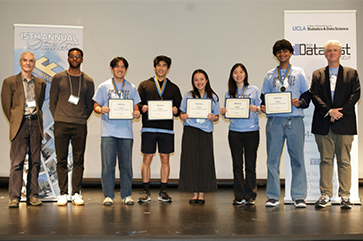
Classroom to community: celebrating 15 years of student success at UCLA’s DataFest hackathon
Giving students the spotlight, the annual event has inspired…
 https://www.college.ucla.edu/wp-content/uploads/2025/04/2025-ucla-awards-363-241.png
241
363
Alvaro Castillo
https://www.college.ucla.edu/wp-content/uploads/2019/07/Uxd_Blk_College-e1557344896161.png
Alvaro Castillo2025-04-28 16:44:302025-04-28 16:46:33UCLA Awards pay tribute to Bruin alumni, including five from the UCLA College, whose contributions impact the world
https://www.college.ucla.edu/wp-content/uploads/2025/04/2025-ucla-awards-363-241.png
241
363
Alvaro Castillo
https://www.college.ucla.edu/wp-content/uploads/2019/07/Uxd_Blk_College-e1557344896161.png
Alvaro Castillo2025-04-28 16:44:302025-04-28 16:46:33UCLA Awards pay tribute to Bruin alumni, including five from the UCLA College, whose contributions impact the world https://www.college.ucla.edu/wp-content/uploads/2025/04/tea-time-363-241.png
241
363
Alvaro Castillo
https://www.college.ucla.edu/wp-content/uploads/2019/07/Uxd_Blk_College-e1557344896161.png
Alvaro Castillo2025-04-23 08:45:482025-04-23 08:46:57Listen to some of the finest UCLA College poets
https://www.college.ucla.edu/wp-content/uploads/2025/04/tea-time-363-241.png
241
363
Alvaro Castillo
https://www.college.ucla.edu/wp-content/uploads/2019/07/Uxd_Blk_College-e1557344896161.png
Alvaro Castillo2025-04-23 08:45:482025-04-23 08:46:57Listen to some of the finest UCLA College poets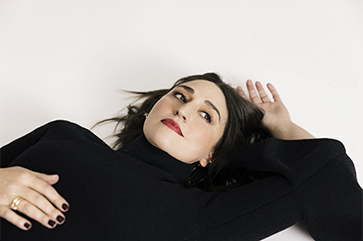 https://www.college.ucla.edu/wp-content/uploads/2025/04/SarahBareilles-commencement-announcement-363-241.png
241
363
Alvaro Castillo
https://www.college.ucla.edu/wp-content/uploads/2019/07/Uxd_Blk_College-e1557344896161.png
Alvaro Castillo2025-04-22 15:46:142025-04-22 15:49:40Singer-songwriter and actor Sara Bareilles to deliver UCLA College commencement address
https://www.college.ucla.edu/wp-content/uploads/2025/04/SarahBareilles-commencement-announcement-363-241.png
241
363
Alvaro Castillo
https://www.college.ucla.edu/wp-content/uploads/2019/07/Uxd_Blk_College-e1557344896161.png
Alvaro Castillo2025-04-22 15:46:142025-04-22 15:49:40Singer-songwriter and actor Sara Bareilles to deliver UCLA College commencement address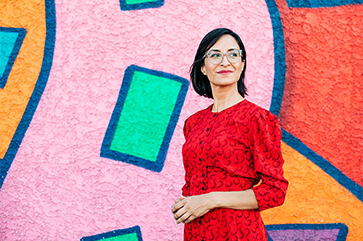 https://www.college.ucla.edu/wp-content/uploads/2025/04/Carribean-Fragoza-portrait-by-Jose-Mandojana-363-241.png
241
363
Alvaro Castillo
https://www.college.ucla.edu/wp-content/uploads/2019/07/Uxd_Blk_College-e1557344896161.png
Alvaro Castillo2025-04-14 11:36:522025-04-23 08:41:49Acclaimed writer Carribean Fragoza to speak at UCLA Humanities commencement
https://www.college.ucla.edu/wp-content/uploads/2025/04/Carribean-Fragoza-portrait-by-Jose-Mandojana-363-241.png
241
363
Alvaro Castillo
https://www.college.ucla.edu/wp-content/uploads/2019/07/Uxd_Blk_College-e1557344896161.png
Alvaro Castillo2025-04-14 11:36:522025-04-23 08:41:49Acclaimed writer Carribean Fragoza to speak at UCLA Humanities commencement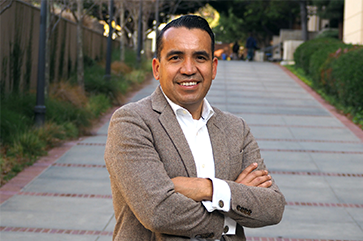 https://www.college.ucla.edu/wp-content/uploads/2025/04/OsvaldoGutierez-363-241.png
241
363
Alvaro Castillo
https://www.college.ucla.edu/wp-content/uploads/2019/07/Uxd_Blk_College-e1557344896161.png
Alvaro Castillo2025-04-10 13:13:032025-04-23 08:41:43Rancho Raised, UCLA Made: Osvaldo Gutierrez shares his journey from undocumented student at UCLA to professor of chemistry
https://www.college.ucla.edu/wp-content/uploads/2025/04/OsvaldoGutierez-363-241.png
241
363
Alvaro Castillo
https://www.college.ucla.edu/wp-content/uploads/2019/07/Uxd_Blk_College-e1557344896161.png
Alvaro Castillo2025-04-10 13:13:032025-04-23 08:41:43Rancho Raised, UCLA Made: Osvaldo Gutierrez shares his journey from undocumented student at UCLA to professor of chemistry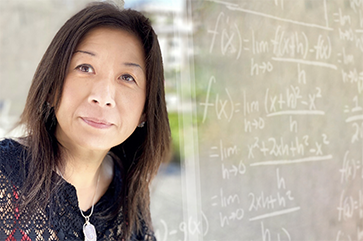 https://www.college.ucla.edu/wp-content/uploads/2025/04/Sierra-Chen-363-241-1.png
241
363
Alvaro Castillo
https://www.college.ucla.edu/wp-content/uploads/2019/07/Uxd_Blk_College-e1557344896161.png
Alvaro Castillo2025-04-10 10:57:262025-04-23 08:41:13The mathematics of compassion: ’93 M.A. grad Sierra Chen gives back
https://www.college.ucla.edu/wp-content/uploads/2025/04/Sierra-Chen-363-241-1.png
241
363
Alvaro Castillo
https://www.college.ucla.edu/wp-content/uploads/2019/07/Uxd_Blk_College-e1557344896161.png
Alvaro Castillo2025-04-10 10:57:262025-04-23 08:41:13The mathematics of compassion: ’93 M.A. grad Sierra Chen gives back
